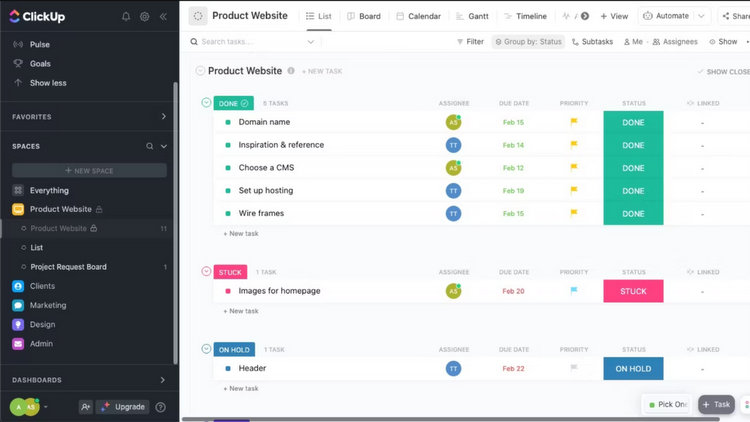The massive transition to remote work that happened two years ago has permanently changed the perspective of where work can be done. Managers worldwide have learned a valuable lesson that employees can be equally if not more productive when working from home than they were in the office.
At the same time employees enjoyed the freedom to choose when and where they want to work, having more time to spend with their loved ones or do things that make them happy.
So it’s not surprising that most employees don’t want to give up that flexibility in the post-Covid era, placing flexible work opportunities high on their wish list when choosing a perfect workplace.
More importantly, 44% of employees stated that they would leave their current positions if not offered the desired flexibility.
This is why offering one-size-fits-all remote or hybrid work arrangements isn’t sufficient anymore. You need to tailor customized flexible work models to cater to the various needs of your employees.
And you can always rely on advanced technology like employee computer monitoring and project management platforms to stay in sync with employees’ performance and progress while allowing them to decide when, where, and how they want to work.
So instead of trying to convince or blackmail your employees to return to the office full-time and risk losing them for good, put yourself in their shoes and find answers to the following questions.
Where Can They Work?
Most managers believe that they offer a sufficient amount of work flexibility by allowing their employees to work remotely. But that’s only a part of the equation. Nine out of ten employees think that it’s crucial for them to have increased control of where they can work, regardless of whether their roles are hybrid, remote, or office-based.
If you want to retain top performers, you need to give them more control over the place where they want to work. Bear in mind that offering hybrid arrangements with set in-office days isn’t real flexibility. Also, some parts of in-person jobs may not necessarily require employees’ physical presence.
You can follow Apple’s lead. They launched the “ Retail Flex” pilot program, and let their store staff work remotely when tackling tech assistance and online sales tasks. Finally, you can always reach out for wfh monitoring data to see how your employees spend their working hours when working remotely.
Read also: 20 of the Best Freelance Jobs Websites
When Can They Work?
Offer your employees the freedom to organize their time at work so that they can work when they are the most productive, providing timely notices on potential schedule changes and overtime hours. You should also encourage employees to take frequent breaks or a personal day off when they need to rest and re-energize. By doing this you will not only increase their work autonomy but will also boost their confidence and job satisfaction.
You can help your employees become more time-efficient by letting them see their employee computer monitoring dashboards. They can use this real-time insight into their workflow to determine how their productivity fluctuates throughout the day, and create optimal work schedules based on this data.
Also, draw a clear line between work and personal time, telling your employees that you don’t expect them to be available 24/7 while working from home. By doing this you’ll show that you trust them to commit to their tasks and that you also care about their health and well-being.
Read also: The Best Free Video Conferencing Software for Work from Home
How Can They Work?
Allow your employees to be in charge of their workflow, deciding how they want to tackle specific tasks or issues. This is maybe the hardest part for managers who need to be always in control of everything that’s going on in the company, but if you want to genuinely increase work flexibility you need to take this step. When you trust your employees’ judgment and competency, you don’t need to hover over their heads, imposing your solutions.
By allowing employees to make work-related decisions independently, you encourage them to be more efficient, creative, and motivated to do their work. Three out of four office-based employees say that they would join a company that allows them to decide how to handle their workload, while four out of five remote or hybrid workers share the same opinion.
Final Words
If you want to beat the competition and attract and retain top talent in a tight and volatile job market you need to broaden your perspective of flexible work models, ensuring that your employees have the freedom to choose where, when, and how they want to do their job.
By doing this you’ll offer genuine work flexibility needed for employees to thrive and prosper in your company. And you can always rely on employee computer monitoring tools and employee tracking data to stay in sync with their activities, progress, and performance without interrupting their workflow.
Read also: Important Remote Working Tools to Help You Stay Connected With the Team


![9 of the Best Free Torrent Client 2024 [Faster & Safer Downloads]](https://www.doublemesh.com/wp-content/uploads/2022/07/The-Best-Free-Torrent-Client-Faster-and-Safer-Downloads-1.jpg)